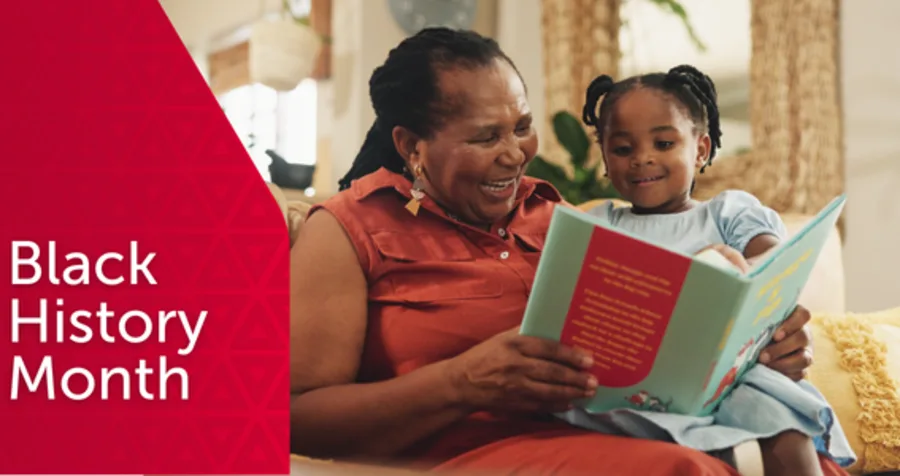Black history in Canada: Centuries of presence and contributions

Since 1996, the federal government’s annual Black History Month campaign in February has encouraged people to learn more about Black history in what is currently called Canada. The YMCA of Greater Toronto is committed to supporting this goal.
Here, we highlight four Black leaders in four Canadian regions and their significant contributions in four fields.
North: Politics and governance in Nunavut
From Zimbabwe to Nunavut, Kuthula Matshazi continues to blaze a trail in Iqaluit.
In 2015, Kuthula Matshazi became Iqaluit’s first Black municipal councillor. His campaign focused on wellness, housing, and improving food security and infrastructure.
Matshazi arrived in Canada from Zimbabwe in 2001 with an understanding of social issues such as health, poverty, and unemployment. This knowledge drove him to serve the community. In Iqaluit, his groundbreaking work includes advising the government on the environment and energy.
Learn more:
Kuthula Matshazi, Iqaluit's newest from Zimbabwe
Black trailblazers in Canadian political history
East: Journalism in Nova Scotia
You may be familiar with Viola Desmond's story, but do you know who broke it to the world?
Carrie Mae Best was born in Nova Scotia in 1903. Throughout her life there, she encountered and confronted racism and segregation, which led her to become a social activist.
In 1943, she bought tickets to watch a film in the white section of a segregated theatre in New Glasgow, Nova Scotia. She was promptly arrested and forced to pay damages to the theatre. This drove her to start the province’s first Black-owned newspaper. In the first edition, Best broke the story of Viola Desmond.
She was later named a member and then an officer of the Order of Canada; Best was awarded the Order of Nova Scotia after her death and was commemorated on a Canada Post stamp; and in 2021, Best was a featured Google Doodle, honouring her legacy.
Learn more:
Halifax Yesterday: Carrie M. Best — Journalist, Publisher and Human Rights Advocate
South: Science, Technology, Engineering and Mathematics (STEM) in Ontario
There are many origin stories about the famous phrase “The real McCoy,” but only one Elijah McCoy existed.
Elijah McCoy, born in 1844 in Colchester, Ontario, was fascinated with mechanical devices from an early age. He tinkered with anything he could get his hands on. His parents, former enslaved people from Kentucky, United States, supported their son by sending him to study mechanical engineering in Edinburgh, Scotland — training that wasn’t accessible to Black people in North America.
When McCoy returned to Ontario as a qualified mechanical engineer, he was unable to get a job in his field due to racially exclusionary hiring practices. He began working as a fireman on a railroad. In this role, McCoy identified common inefficiencies in rail travel and solved several issues by filing 50 patents related to steam engines.
Have you heard the term “the real McCoy”? It’s related to Elijah McCoy’s superior work. Legend has it that McCoy developed a lubricating oil cup to enable locomotives and ships to run faster (and, therefore, more profitably). Others tried to replicate his invention, but their imitations did not work as well as McCoy’s. This apparently led people to ask for “the real McCoy” before agreeing to purchase the mechanical part.
McCoy’s inventions were not limited to rail inventions. He also invented a lawn sprinkler, a portable ironing board, and enhanced rubber heels for shoes!
Learn more:
Meet 7 groundbreaking Black scientists from the past
The Real McCoy (this video is great for kids!)
West: Art in British Columbia
From picturesque oil paintings of local vistas to labels on tins of salmon, Grafton Tyler Brown’s talents knew no bounds.
Grafton Tyler Brown was born in 1841 in Pennsylvania, United States. His parents were free Blacks who left the slave state of Maryland a few years before his birth.
When he was young, Brown worked with a German printer, where he learned lithography — a skill he used later in his career to draw panoramic views of homes, buildings, and towns. During the gold rush, he purchased a printing business, where he designed letterhead and business cards, printed labels (for another Black pioneer, John Sullivan Deas canned salmon), and created branding for companies such as Levi Strauss & Co. and Ghirardelli Chocolate.
In 1882, Brown began travelling through remote areas of British Columbia, where he established an art studio and became a well-known landscape artist, an unusual medium for a Black artist of the time. Today, he is known as the first professional Black artist to live and work in the Pacific Northwest. Many of Brown’s works are now housed in the Royal BC Museum, which describes his path as “the marked the expansion of two empires – Canada and the United States – and tested the ideological meanings of ‘frontier’ as a space created solely by the pioneering efforts of White men.”
Learn more:
Grafton Tyler Brown at the Smithsonian American Art Museum
Seeing Colour: Animating BC's Black Pioneers
Did you learn something new? We hope that you’ll share the stories of these inspiring trailblazers with others!
Want to know more? Learn about the YMCA of Greater Toronto’s anti-racist work and follow along with our continued updates. And check out these additional resources:
Significant events in Black History in Canada
Black History Month: 7 Queer Black Trailblazers You Should Know










